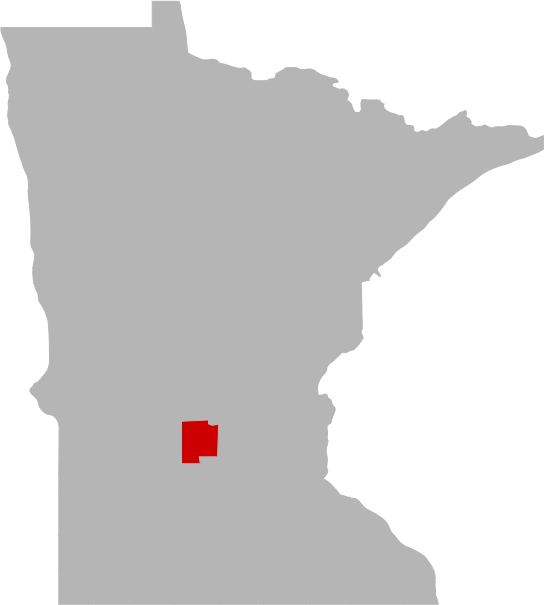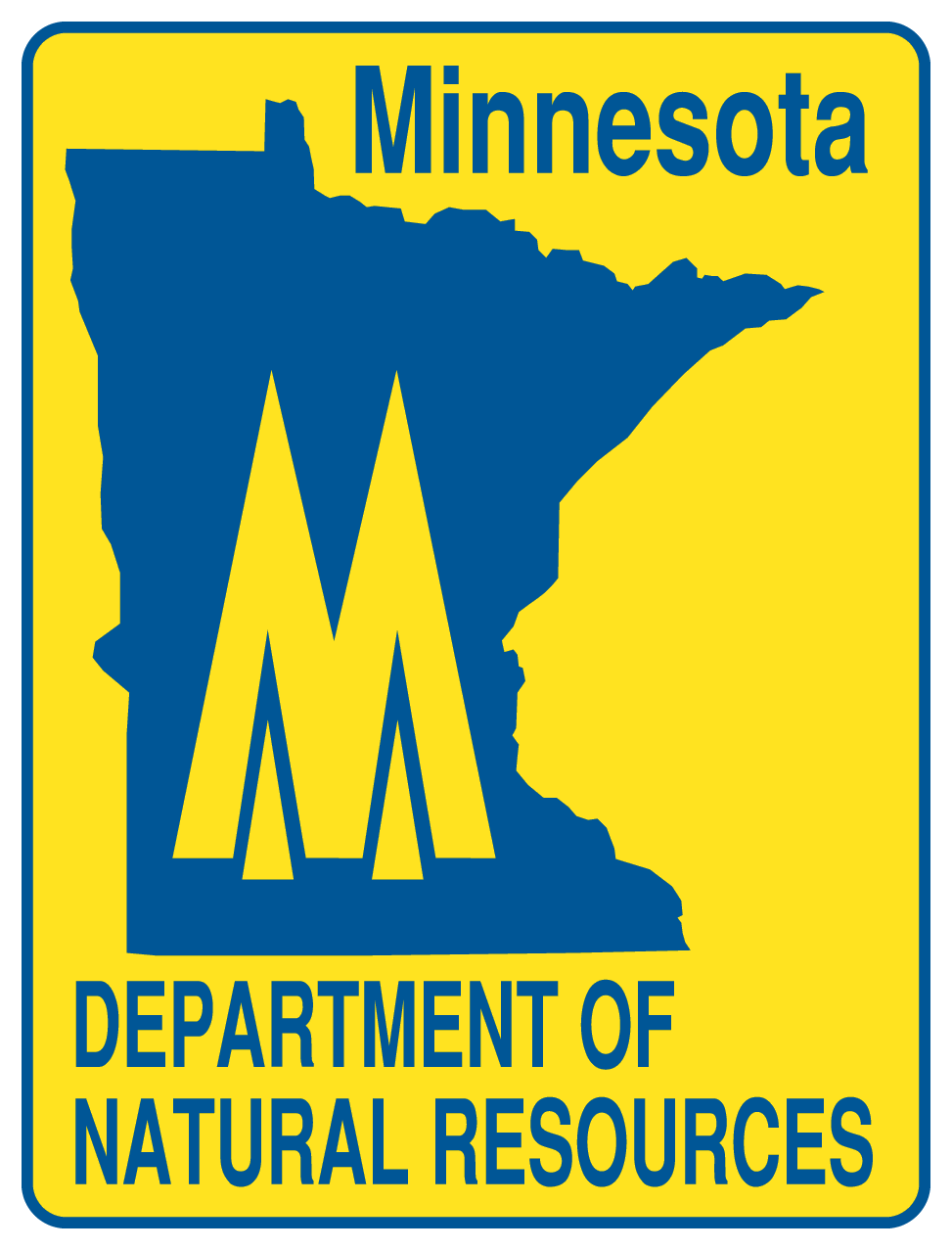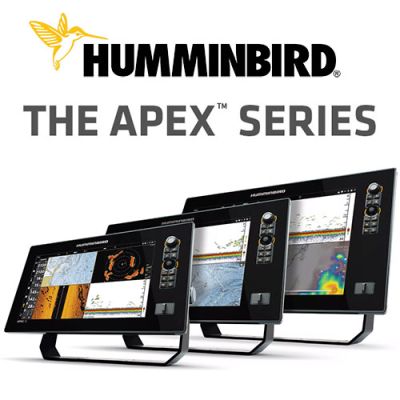Today's Best Fishing Times
Get the best fishing times for Lake Minnie-Belle with Lake-Link's Fishing Forecast. SEE MORE


Share Your Catch & Win!
Frequently Asked Questions About Lake Minnie-Belle, MN
- How big is Lake Minnie-Belle?
- How deep is Lake Minnie-Belle?
- What kind of fish can you catch in Lake Minnie-Belle?
- What are the closest cities to Lake Minnie-Belle?
- Are there places to stay in the Lake Minnie-Belle area?
- Are there boat launches on Lake Minnie-Belle?
- Are there places to eat and drink near Lake Minnie-Belle?
- What are the fishing regulations for Lake Minnie-Belle?
- What is the average air temp for Lake Minnie-Belle?
How big is Lake Minnie-Belle?
How deep is Lake Minnie-Belle?
What kind of fish can you catch in Lake Minnie-Belle?
Other fish species in the lake include Banded Killifish, Bluntnose Minnow, Green Sunfish, Hybrid Sunfish, Iowa Darter, Johnny Darter, Spottail Shiner, Tadpole Madtom and White Sucker.
What are the closest cities to Lake Minnie-Belle?
Are there places to stay in the Lake Minnie-Belle area?
More Lodging Options
Are there boat launches on Lake Minnie-Belle?
Are there places to eat and drink near Lake Minnie-Belle?
What are the fishing regulations for Lake Minnie-Belle?
 There are specific fishing regulations Lake Minnie-Belle that you need to know. For complete fishing regulations visit the Minnesota Department of Natural Resources. To report a violation call (800) 652-9093. Need a Minnesota fishing license?
There are specific fishing regulations Lake Minnie-Belle that you need to know. For complete fishing regulations visit the Minnesota Department of Natural Resources. To report a violation call (800) 652-9093. Need a Minnesota fishing license?
What aquatic invasive species are found in Lake Minnie-Belle?
Join us in the fight to prevent the spread of invasive species These sneaky creatures can hitch a ride on boats, clinging onto propellers, anchor lines, and trailers. They can even survive in hidden places like bilge water and ballast tanks, or disguise themselves in dirt and sand that sticks to nets, buckets, anchors, and waders. But don't worry, we have the power to stop them in their tracks with just a few simple steps. So let's do our part and protect our waters from these unwanted invaders.
History & Status of the Fishery
A population assessment was conducted at Minnie-Belle Lake in 2010 to monitor the fish population. Near-shore seining and backpack electrofishing were conducted for a state-wide Index of Biotic Integrity initiative. That analysis was done by Fisheries Research. Eurasian watermilfoil was discovered in Minnie-Belle Lake in 2010. Water clarity was excellent with a secchi disk reading of 13.7 feet during netting week. The lake was well oxygenated with at least 2 mg/l down to 41 feet.
Gill nets sampled 87 walleye for a catch rate of 9.7/net, which was above the normal range. The 2006 catch rate was 5.7/net. Catch rates from 1957 to 2010 (n=12) were variable ranging from 2.5 to 16.2/net with an average of 8.1. Walleye were 7.9 to 22.4 inches long with an average of 16.7, in 2010. Approximately 56% of the gill net sample was 17 inches long or longer. Trap nets sampled walleye up to 27.7 inches in length. Aged walleye were 2 to 14 years old with 11 year-classes present. Approximately 47% of the aged fish corresponded with years when fingerlings were not stocked, indicating that natural reproduction was significant. Natural reproduction, during non-stocked years, was also significant in 1999, 2001, 2003, and 2006, producing 41, 46, 48, and 69% of gill net catch, respectively. The average contribution from natural reproduction, during non-stocked years, for the latest five assessments was 50.2%. The latest fingerling stocking regime (1 pound/littoral acre every-other-year) was initiated in 1992. Catch rates from 1999 to 2010 (n=5) ranged from 4.1 to 11.6 with an average of 7.6. Catch rates from 1957 to 1995 (n=7), under various stocking regimes, ranged from 2.5 to 16.2/net with an average of 8.4. Growth rates were slightly above average.
Gill nets sampled 121 northern pike for a catch rate of 13.4/net, which was above the normal range for this type of lake. The 2006 catch rate was 8.9/net. Catch rates from 1957 to 2010 (n=12) were variable, but generally high ranging from 0.0 to 27.1/net with an average of 10.6. A special regulation (24.0 to 36.0 inch protected slot limit) on northern pike was initiated in 2003. Catch rates from 1995 to 2003 (n=4) ranged from 5.6 to 27.1/net with an average of 13.8 and were somewhat similar to catches from 2006 to 2010 (n=2) ranging from 8.9 to 13.4/net with an average of 11.2. In 2010, northern pike were 13.4 to 35.4 inches long with an average of 23.1. The regulation's original goal was to double the historical (1995-2001) average number of northern pike over 24 inches, measured by gill netting. The number of fish that were 24 inches or longer, from the 1995 to 2001 assessments (n=3), ranged from 6 to 9 with an average of 8. The number of fish that were 24 inches or longer, from 2003 to 2010 (n=3) ranged from 8 to 43 with an average of 29.7. The average, during the regulation, was actually 3.7 times higher, thus surpassing the original goal. The average number of fish, for the same two time periods, that were 30 inches or longer increased from 0.7 to 7.0/assessment, a 10 fold increase. Northern pike were 1 to 7 years old with 7 year-classes present. Ages 2 through 6 were well represented, indicating fairly consistent recruitment. Growth rates for northern pike were similar to slightly faster than past assessments. Preliminary data suggests that angler compliance with the regulation may be producing larger northern pike at Minnie-Belle Lake, but more time and data is needed before a proper evaluation can be conducted.
Gill nets sampled 54 yellow perch for a catch rate of 6.0/net, which was below the normal range for this type of lake. The catch rate in 2006 was 3.2/net. Catch rates from 1957 to 2010 (n=12) were generally low ranging from 0.0 to 34.1/net with an average of 5.1. Yellow perch were 5.6 to 9.1 inches long with an average of 7.1. Yellow perch were 1 to 4 years old with 4 year-classes present. Growth was moderate.
Spring night-time electrofishing sampled 88 largemouth bass for a catch rate of 66.0/hr. The catch rate in 2006 was 32.3/hr. Catch rates from 1993 to 2010 (n=8) were somewhat variable ranging from 12.8 to 69.8/hr with an average of 42.6. In 2010, largemouth bass were 5.6 to 16.4 inches long with an average of 10.8. Only 1 fish exceeded 14 inches in length. Largemouth bass were 2 to 9 years old with 8 year-classes present. Age 2 through age 6 fish were well represented indicating consistent recruitment. Growth was slow.
Gill nets sampled 5 black crappie for a catch rate of 0.6/net, which was within the normal range for this type of lake. The 2006 catch rate was 1.0/net. Catch rates from 1947 to 2010 (n=12) were low ranging from 0.0 to 5.5/net with an average of 1.1. Gill netted black crappie were 9.0 to 13.9 inches long with an average of 12.3. Black crappie were 3 to 11 years old with 4 year-classes present. Growth was moderate. The trap net catch rate (0.1/net) was below the lake-class first quartile (0.4). The 2006 trap net catch rate was 0.0/net. Catch rates from 1947 to 2010 (n=12) were generally low ranging from 0.0 to 19.3/net with an average of 3.4. The trap netted black crappie was 10.0 inches long. High numbers of black crappie have only been trap netted two times (1957 & 1999) since netting began at Minnie-Belle Lake. Seining and backpack electrofishin failed to sample any young-of-the-year black crappie in early to mid July, 2010, possibly indicating poor reproduction for that year.
Trap nets sampled 476 bluegill for a catch rate of 52.9/net, which was above the normal range for this lake class. The 2006 catch rate was 29.9/net. Catch rates from 1947 to 2010 (n=12) were variable ranging from 3.2 to 65.0/net with an average of 25.4. In 2010, bluegill were 2.6 to 8.3 inches long with an average of 4.9. Approximately 8% of the trap net sample was 7 inches or longer. Bluegill were 3 to 11 years old with 9 year-classes present. Most (56%) of the trap netted bluegill were 4 or 5 years old. Ages 3 through 8 were well represented, showing consistent recruitment. Growth was slow. Minnie-Belle continues to be one of the few lakes in the Hutchinson Management Area where 8 inch long bluegill are routinely sampled.
Trap nets sampled 6 carp for a catch rate of 0.7/net, which was within the normal range for this type of lake. The 2006 catch rate was also low (0.2/net). Catch rates from 1947 to 2010 (n=12) were low ranging from 0.0 to 0.7/net with an average of 0.3. Gill nets sampled 0 carp, in 2010. Carp were 24.1 to 29.7 inches long with an average of 26.4.
Gill nets sampled 160 yellow bullhead for a catch rate of 17.8/net, which was above the normal range for this lake type. The 2006 catch rate was similar at 18.3/net. Approximately 83% of the historic catch rates (n=12) have been above the normal range. Yellow bullhead were 8.4 to 15.7 inches long with an average of 12.8. Yellow bullhead are an indicator of good water quality, while black bullhead are not. The yellow bullhead to black bullhead ratio was 160:1.
What is the average air temp for Lake Minnie-Belle?
More Nearby Lakes To Explore
There's more lake's to explore around Lake Minnie-Belle...| DISTANCE | ACRES | MAX DEPTH | |
| Willie Lake | 2.6 mi | 191 | 17 ft |
| Greenleaf Lake | 3.2 mi | 239 | 18 ft |
| Round Lake | 3.3 mi | 266 | 8 ft |
| Youngstrom Lake | 4.1 mi | 153 | 5 ft |
| Star Lake | 4.1 mi | 553 | 15 ft |
| Manuella Lake | 4.3 mi | 290 | 51 ft |
| Goose Lake | 4.4 mi | 119 | 12 ft |
| Hoff Lake | 4.6 mi | 139 | 8 ft |
| Ripley Lake (west portion) | 4.9 mi | 614 | 18 ft |
| Cedar Lake | 5.4 mi | 1,860 | 8 ft |
















